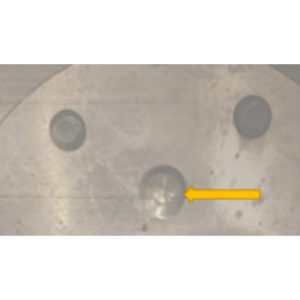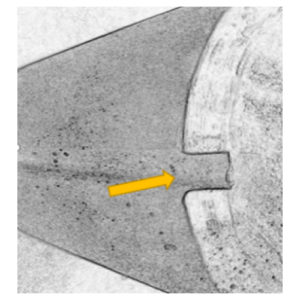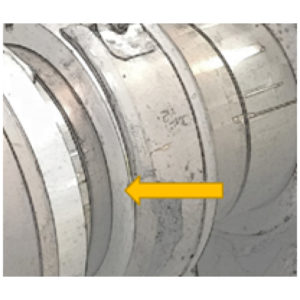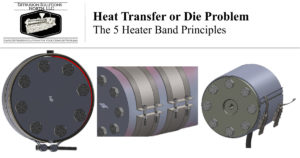Introducing the ROIP Concepts
By now, everyone has heard of Lean Manufacturing and may apply the Lean principles in some form or fashion to their process. The Lean umbrella takes credit for anything done better today than yesterday by means of some type of formal or informal improvement process.
Practicing the Lean Manufacturing principles helps to alleviate the wasted motion in the process. For example, better labeling certainly helps reduce scrap and increase the uptime but Lean Manufacturing itself does not go far enough to win the labor war constraints of today. The majority of plastic processers live in the world of short runs dictating multiple changeovers each day per each extrusion line. Operators are trained over and over, and processers are attempting to find the top talent and turn each operator into the top tier of their operator classification pool.
Automation is always the best practice, but not always practical or the return on investment is not there to pursue the investment. When automation does not make sense to pursue, processers must think about the process in different terms, and adopt the saying, “Reduce the Operator Interaction with the Process” (ROIP).
What exactly is ROIP?
Let’s take a closer look at some examples of ROIP as it pertains to the extrusion process.
Tooling Adaptors
In a typical custom extrusion shop, multiple adaptors are being used for the different sizes of the profile, or various material needs drive requirements for a different tooling adaptor. When using Lean Manufacturing techniques, manufacturers are getting better at stamping a code into the various adaptors to ensure adaptor Part A goes with adaptor Part B. Documentation has increased to ensure the correct tooling goes together and the operators are trained to follow the documentation. Using ROIP in this same scenario ensures the tooling is built and configured as to where Part A cannot physically bolt onto Part B. Thus, the documentation and training are no longer a major focus, or in many cases, a requirement.
Figure 1 is an example of the Part A female side of an adaptor. Part B will have a stud. This is one example of how the ROIP concept can be applied to tooling adaptors.

Cutting Bushings
Nearly every extruder has some sort of cutting device at the end of the extrusion line. The blade cut type of devices have a matched set of bushings. The operator is given direction, via set up documents, of which bushings to use. However, the alignment of the bushings for the profile to go through without hitting on the exit bushing is left up to the operator physically looking through the bushings. Many times, this is extremely difficult to do in a machine where room constraints put the operator in an uncomfortable ergonomic position, not to mention the safety constraints. When using the ROIP methods in this situation, a keyway is cut in the bushings when manufactured, a matched keyway system in the cutter is a one-time installation.
Figure 2 is an example of the part A female end of a keyway in a matched set of bushings. The cutting device is fitted with the part B male keyway.

Following the ROIP methods, the exit bushing should be cut .002 larger than the entrance bushings. The exit bushing should also be cut up to .020 larger on any non-critical cutting edge. Any position on the bushing not receiving cutting interaction at the supporting base of the bushing where the plastic is met, requires the larger clearance.
Die Circumference Variation
Extrusion shops tend to have different circumference-sized tooling. Circumferences have either changed by design or perhaps over time as improvements are phased in the circumference of the tooling was changed. The various size tooling, in turn, drives multiple size heater bands. The focus of this article is not to ascertain the proper use of heater bands. I explained the proper heater band use in the March 2022 Plastic Technology article, Is Your Profile Die the Problem? Or Is It the Heaters?
With various sizes of tooling, the extruder is left with supply rooms full of small to large heater bands, of which, the operator is to choose the correct band. When applying the ROIP method in this scenario, a simple aluminum ring can be made for each tool making the circumference the same. An added benefit of the ring is the operator does not have to make decisions on wattages and autotune controllers.
Figure 3 is an example of a ring to increase the circumference on a smaller tool, thus the ROIP methods are applied to eliminate odd-sized heater bands.

Processors need to adopt ROIP thinking throughout the process to get ahead of the labor constraints in the current labor market. Processors must stop thinking in terms of training tribal knowledge and increasing documentation and instead think in terms of engineering out the operator’s interaction with the process. There will always be a need to train operators on understanding the science behind the extrusion process, but it is extremely beneficial to stop wasting efforts on training operators to be considered better operators because they know the tribal knowledge. Practice the ROIP principles instead.



